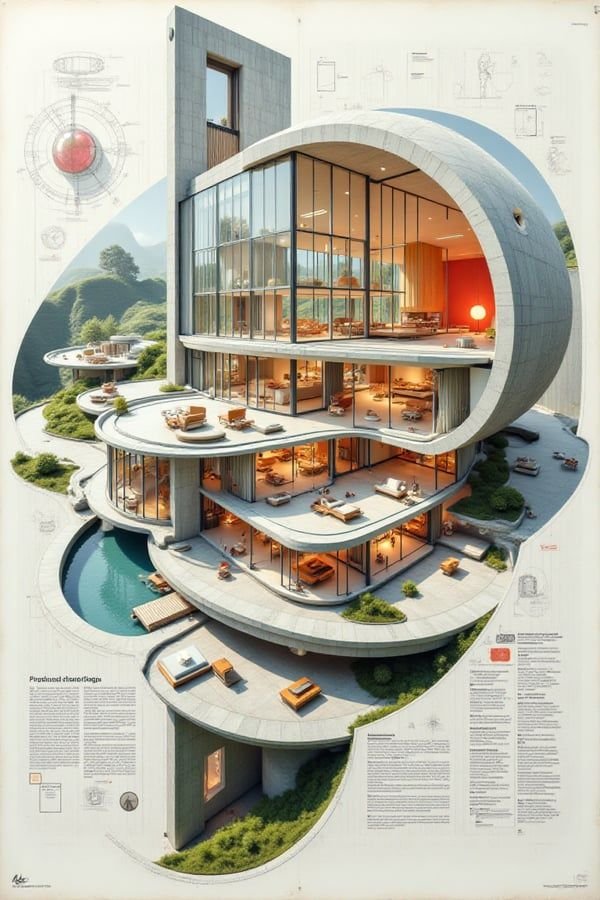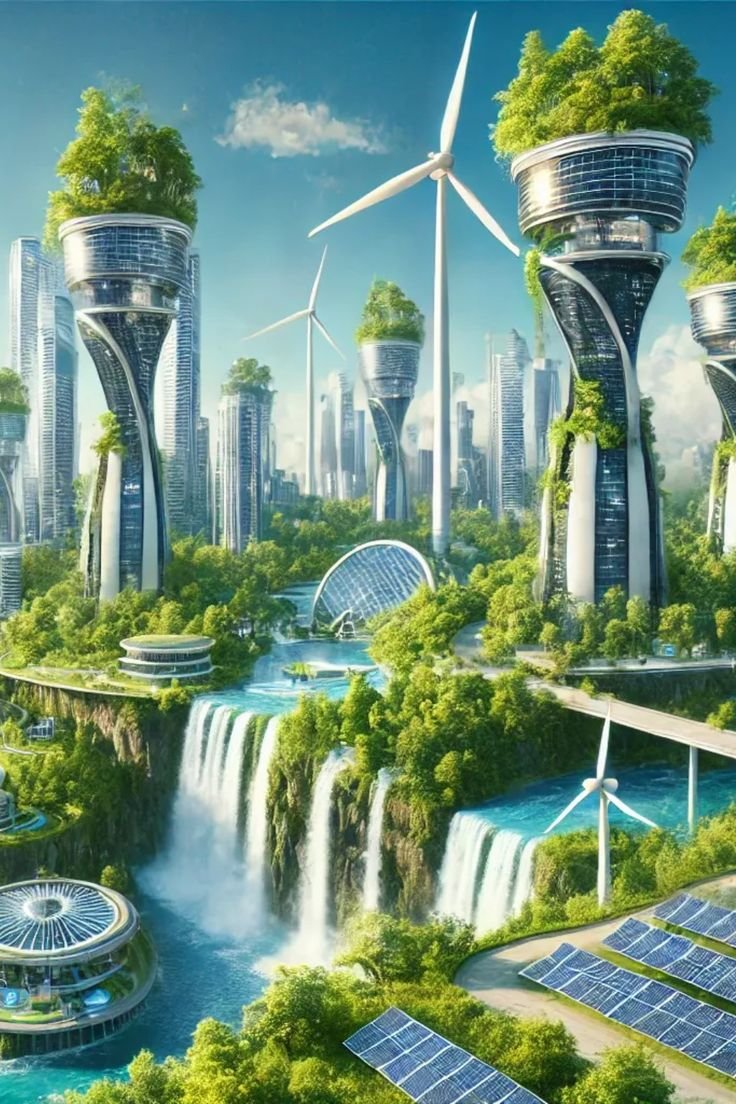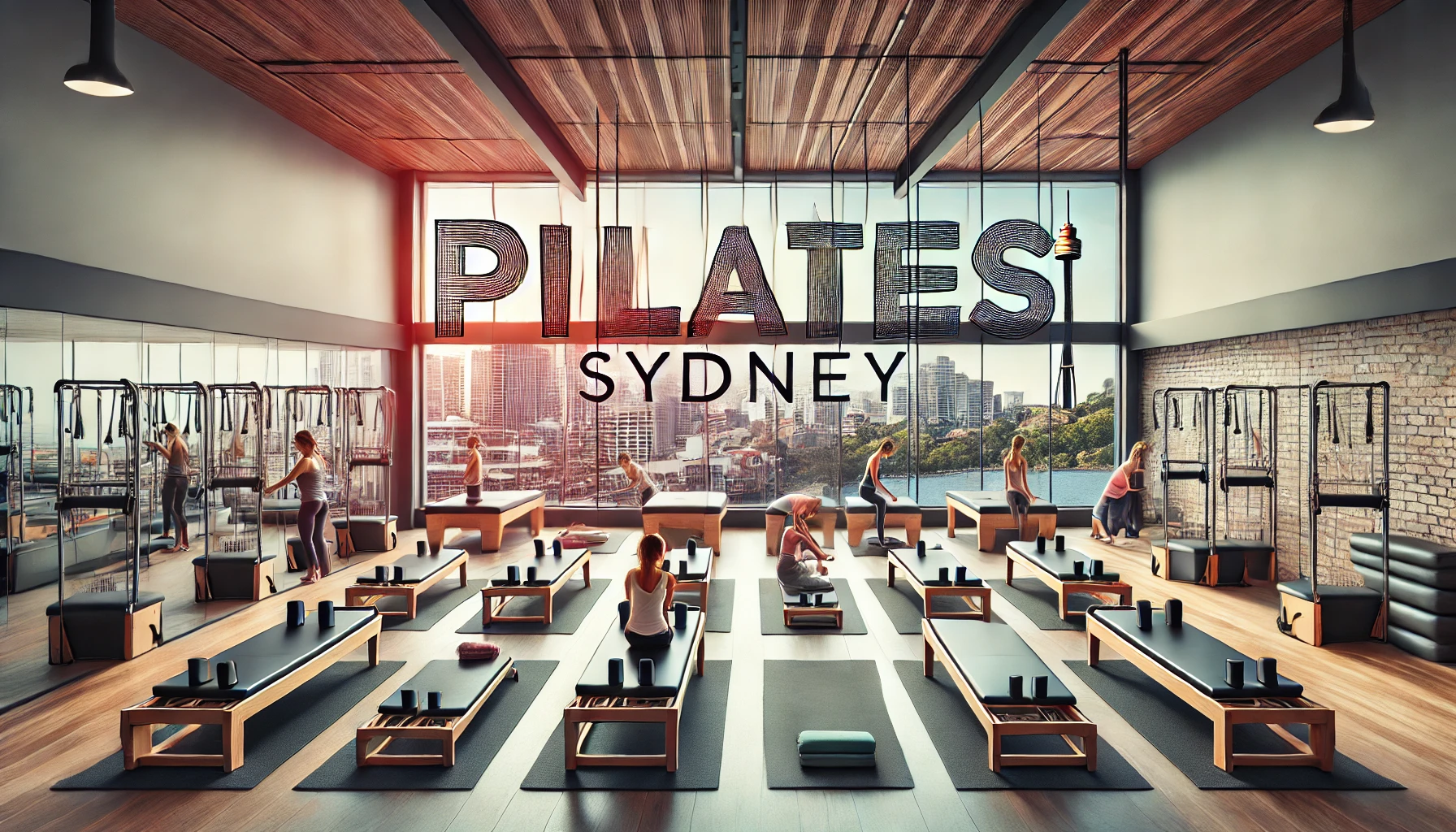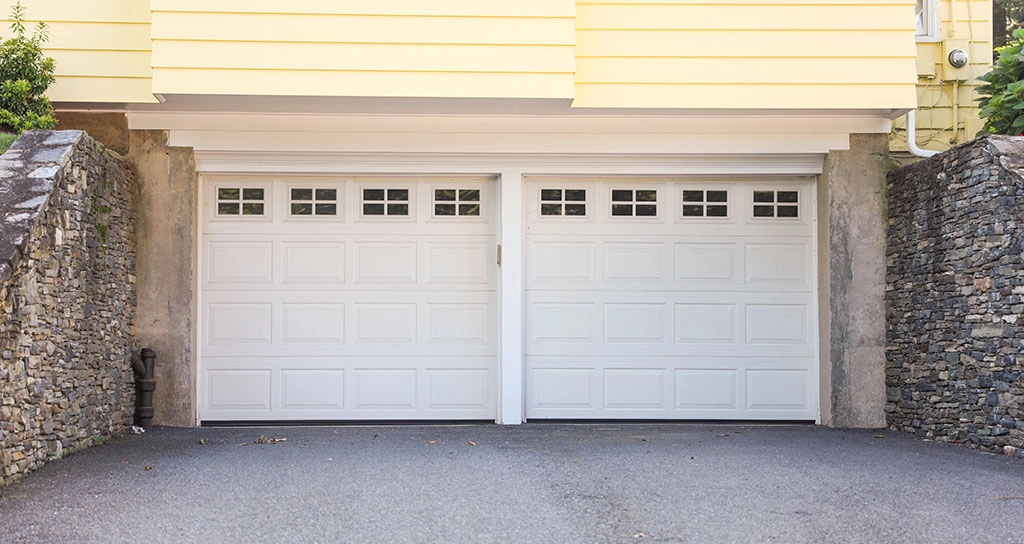As the world continues to evolve, architecture is becoming an ever-more exciting and dynamic field. Innovations in technology, materials, and design are reshaping how buildings are conceived, constructed, and experienced. With the rise of sustainability, smart technologies, and creative design thinking, the architecture industry is poised to take bold steps forward in 2025. This article explores the most innovative architecture trends set to dominate the industry, offering insights into how these developments are influencing the future of design.
Top Architecture Trends Shaping 2025
The architectural landscape in 2025 will be defined by sustainable practices, digital advancements, and a deeper focus on human-centered design. Below are the key trends to watch for that are transforming the industry and providing endless possibilities for innovation.
1. Sustainable and Eco-Friendly Design
Sustainability is no longer a trend; it is a necessity in modern architecture. As the effects of climate change become more pronounced, architects are incorporating sustainable materials, energy-efficient systems, and low-carbon solutions into their designs. In 2025, we can expect to see more buildings that not only minimize their environmental footprint but also actively contribute to their surroundings by generating energy and improving air quality.
- Key Benefits: Reduced carbon footprint, energy efficiency, healthier environments.
- Current Developments: The use of solar panels, green roofs, and energy-efficient insulation materials is increasing, and the idea of “living architecture” — buildings that breathe and adapt to their environment — is gaining traction.
- How NewsCompile Helps: We cover the latest sustainable building materials and eco-friendly design practices that are paving the way for a greener future.
2. Smart Buildings and IoT Integration
The rise of smart technology is transforming the way buildings function. In 2025, buildings will become even more intelligent through the integration of the Internet of Things (IoT). From smart lighting and HVAC systems to automated security and advanced monitoring systems, IoT integration is making buildings more efficient, responsive, and user-friendly. These technologies will allow buildings to adapt to the needs of their occupants, optimize energy consumption, and ensure safety in real-time.
- Key Benefits: Enhanced efficiency, improved occupant comfort, energy savings.
- Current Developments: The expansion of 5G networks and AI technology is enabling faster and more reliable connections between IoT devices, which will further improve smart building capabilities.
- How NewsCompile Helps: We provide in-depth information on the latest IoT innovations and how smart buildings are revolutionizing architecture and urban development.
3. Biophilic Design and Nature Integration
Biophilic design, which focuses on incorporating elements of nature into architectural spaces, is expected to grow significantly in 2025. This design philosophy improves mental well-being, productivity, and air quality by bringing natural elements into urban environments. Expect to see more buildings with expansive green spaces, natural lighting, and indoor gardens, as architects continue to create spaces that foster a connection to nature.
- Key Benefits: Improved mental health, better air quality, increased productivity.
- Current Developments: Vertical gardens, living walls, and biophilic office spaces are becoming commonplace, with more buildings incorporating natural wood, stone, and plant life into their interiors and facades.
- How NewsCompile Helps: We track the latest advancements in biophilic design, offering tips on how to integrate natural elements into your spaces to boost overall well-being.
4. Adaptive Reuse and Upcycling
In 2025, adaptive reuse — repurposing existing buildings for new purposes — will continue to rise in popularity as a sustainable alternative to new construction. This trend focuses on reducing the environmental impact of demolition and building from scratch by revitalizing old structures. Adaptive reuse also breathes new life into historical buildings, preserving their cultural heritage while meeting modern needs.
- Key Benefits: Reduced environmental impact, preservation of history, cost-effective.
- Current Developments: Adaptive reuse projects are being seen in both residential and commercial sectors, such as turning old factories into modern offices or repurposing warehouses for urban farming.
- How NewsCompile Helps: We explore the benefits of adaptive reuse and share case studies showcasing successful transformations, helping architects and developers embrace this sustainable trend.
5. Modular and Prefabricated Construction
Modular and prefabricated construction methods are rapidly gaining traction as the construction industry looks for ways to speed up projects, reduce costs, and improve quality. In 2025, more buildings will be constructed using prefabricated elements that are assembled off-site and then transported to the final location. These methods offer flexibility, reduced waste, and faster building times.
- Key Benefits: Faster construction, cost savings, reduced waste.
- Current Developments: Advances in 3D printing and robotic construction are making modular and prefabricated designs even more precise, customizable, and eco-friendly.
- How NewsCompile Helps: We provide insights on how modular construction is transforming the industry, including the latest innovations and applications for this method in urban design.
6. Zero-Carbon and Net-Zero Buildings
As the world shifts toward carbon neutrality, the concept of zero-carbon and net-zero buildings is becoming a major trend. By 2025, the goal is for more buildings to not only consume less energy but to produce enough renewable energy to offset their entire carbon footprint. This includes energy-efficient designs, solar panels, and advanced insulation systems that minimize energy use, as well as on-site renewable energy generation.
- Key Benefits: Carbon neutrality, energy efficiency, long-term savings.
- Current Developments: Net-zero energy buildings are already being built, particularly in residential and commercial sectors, using renewable energy technologies like solar and wind power.
- How NewsCompile Helps: We highlight the latest advancements in zero-carbon buildings, including strategies for achieving energy efficiency and carbon neutrality in architectural design.
7. Flexible and Multifunctional Spaces
With the changing work culture and increasing demand for flexible living, multifunctional spaces are becoming a top priority in modern architecture. In 2025, we will see more buildings designed with adaptability in mind, allowing spaces to serve multiple functions. Offices may transform into co-working hubs, and homes will feature rooms that can easily convert from bedrooms to offices or gyms.
- Key Benefits: Increased flexibility, better use of space, cost-effectiveness.
- Current Developments: The pandemic has accelerated the demand for multifunctional spaces, and architects are now designing with the idea of seamless transitions between home and office environments.
- How NewsCompile Helps: We explore how architects are innovating with multifunctional designs to meet the needs of today’s dynamic lifestyle, offering insights into how you can integrate flexibility into your spaces.
Conclusion
As we approach 2025, the architectural industry is embracing innovation in ways that prioritize sustainability, efficiency, and adaptability. From biophilic design and adaptive reuse to the integration of smart technologies and modular construction methods, the future of architecture is filled with exciting possibilities. By staying ahead of these trends, architects and designers can create spaces that not only meet the needs of today but also prepare for the challenges of tomorrow. At NewsCompile, we keep you updated on the latest developments in architectural trends, ensuring you are equipped with the insights to create cutting-edge, sustainable, and functional spaces.






